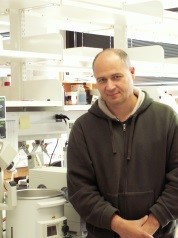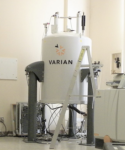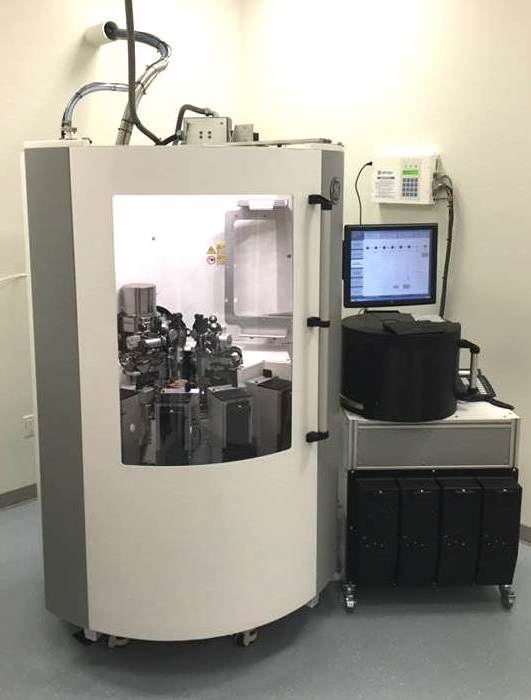Hyperpolarized 13C metabolic imaging is an exciting new technology that has quickly captured the attention of scientists around the world because of its unique capability of monitoring specific metabolic processes based on a unique chemical signature encoded by the 13C chemical shift of common metabolites. This highly specific chemical information cannot be obtained by PET. [1-13C]pyruvate was the first hyperpolarized substrate tested in humans just a few years ago because it is quickly transported into cells and lies at a key intersection in intermediary metabolism where it can quickly form alanine via transamination, exchange with existing tissue lactate via lactate dehydrogenase, or get oxidized to CO2 via pyruvate dehydrogenase in mitochondria.
Landmark Publications
Hyperpolarized C-13 allows a direct measure of flux through a single enzyme-catalyzed step by NMR
Hyperpolarized 15N-pyridine derivatives as pH-sensitive MRI agents.
Production and NMR characterization of hyperpolarized (107,109)Ag complexes.
Impact of Gd3+ on DNP of [1-13C]pyruvate doped with trityl OX063, BDPA, or 4-oxo-TEMPO.
The first and most prominent applications have been in cancer where it has been shown that the ratio of HP-lactate to HP-pyruvate found in cells provides an index of tumor aggressiveness. There are many other 13C-enriched substrates that can be polarized to high levels that could provide equally important clinical insights into other key metabolic pathways. The key to further advancements of this technology is having other long-T1 agents available for imaging a broad range of biomarkers and metabolic pathways. This TR&D Project will focus on the synthesis and characterization of new, long T1 13C-enriched molecules for imaging flux through specific metabolic pathways of interest, the design of long T1 15N probes for imaging tissue pH and Zn2+ ion concentrations in tissues, and development of new polarization methods to prepare larger quantities of hyperpolarized HP-[1-13C]pyruvate than is currently possible using conventional DNP methods. The main goal of the first aim of this Core will be the development of hyperpolarized 13C-enriched agents that can probe other key metabolic steps involving the TCA cycle. In the second aim, we will focus on the design and synthesis of HP-15N labeled pH and Zn-sensors taking advantage of the long T1 and wide chemical shift range of the 15N nucleus. In the third aim, newer chemical methods using para-H2 will be explored for large scale production of HP-[1-13C]pyruvate so that metabolic imaging can be made more widely available to clinical sites that do not have access to expensive dynamic nuclear polarization (DNP) equipment.






